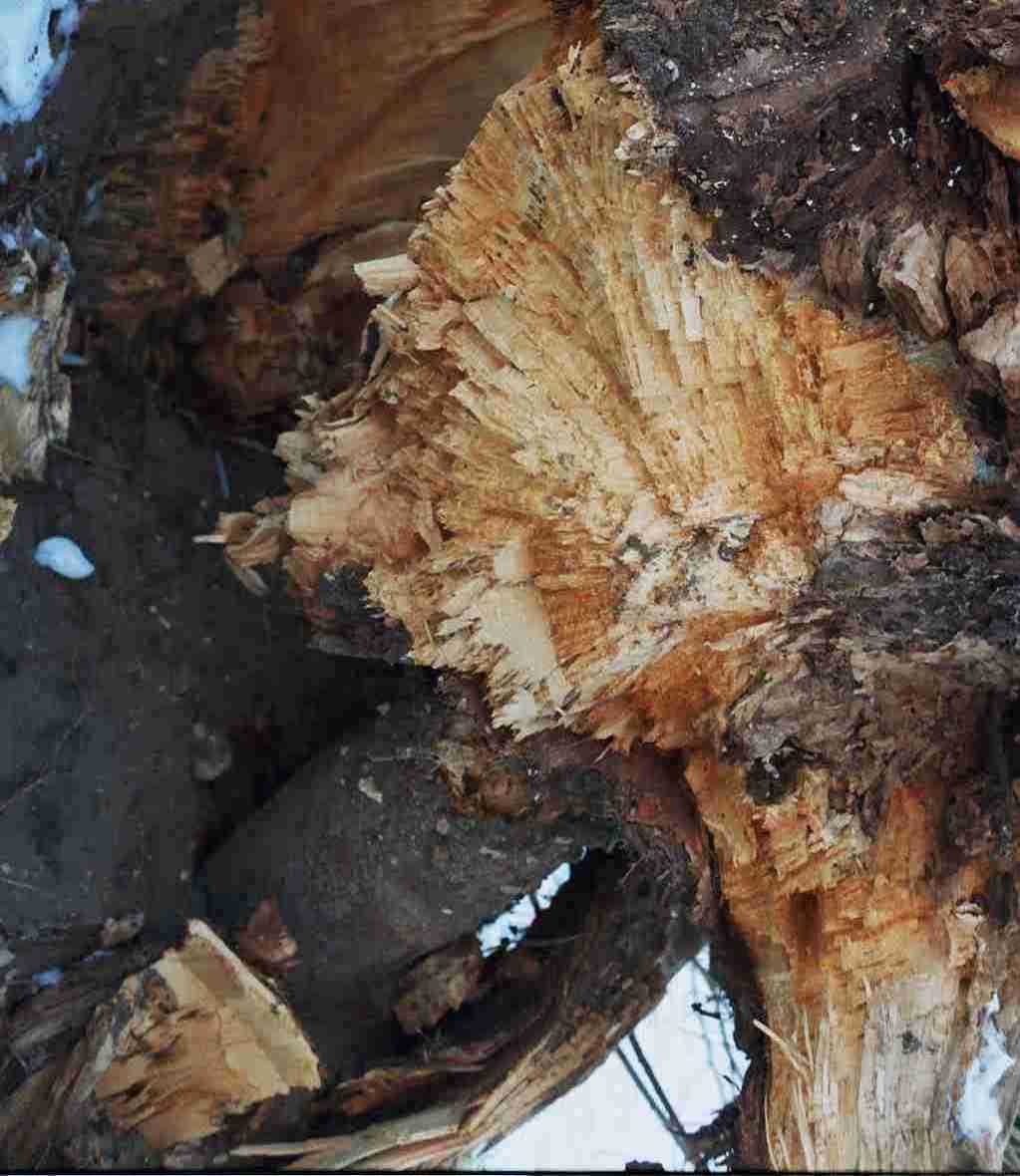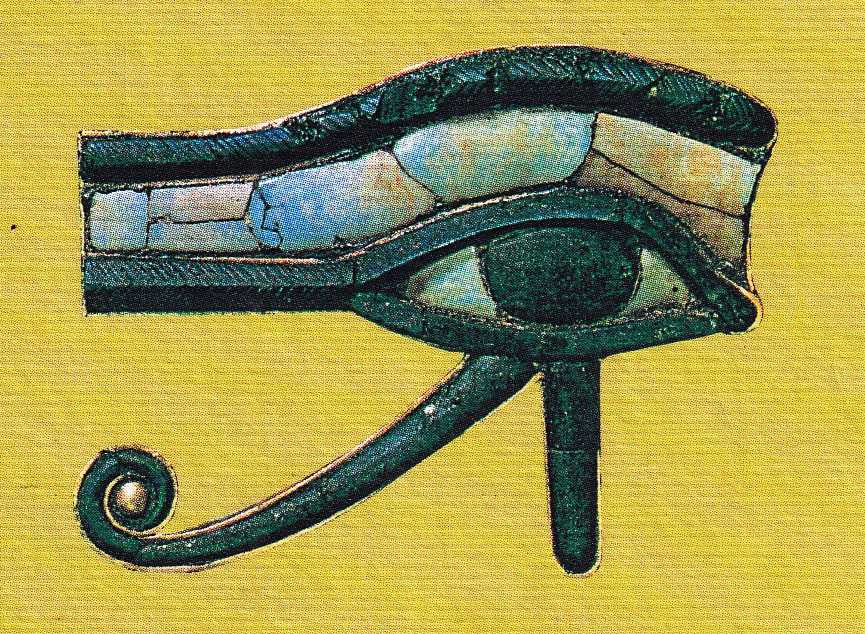


5 august 2023
John Bjarne Grover
Some years ago I found in a bookshop in Venice a translation of a text by 'Hermes Trismegistus' into italian. The book had an egyptian hieroglyph on its front page. This hieroglyph is described in Gardiner's 'Egyptian grammar' on page 197 (the glyphs can be written either way). I found that if I take the illustration on the front page of the book and compare it with my 'Treblinka' photo from Vilnius (see also discussion in this article), there is a rather perfect match - for the lower part of my photo and for a horizontally slightly squeezed hieroglyph:



For
the single poem among the 64, see my 'Stillhetens åndedrag' page 50-51. The TEQ doublewords to this is on page 167 - including that 4th last which should have been the word 'culture' but which the computer wrote out as 'zum' - see my article on TEQ and the hieroglyphs under 'Computer glitsch #2' - on the 'magic' movement of the doubleword 'ZUM' to the doubleword 'CULTURE'. The hieroglyphs are sometimes a little magic. Could be my poem by the 'cat's cradle' suggests that the 'egyptian eye' is about a cochleagram rather than a spectrogram of sound.
(Not long after I had been released from the hospital in Venice in february 2019, there were massacres on two mosques in Christchurch, New Zealand. I remember Moshe Dayan from Molde in the 1960's because he reminded me of the father of my friend Jan-Egil Nygård).
6/8-23: The Nygårds lived in the house neighbouring to ours at 'Stuevollen' in Molde around 1962-1963. 'Stue' can mean a small house such as mine in Szolnok and 'vol[d]en' can - in addition to 'the mound' - mean 'the violence', such as a burglary. There have been three burglaries in my house in Szolnok.
Source:
Gardiner, A.: Egyptian grammar. Griffith Institute, Oxford 2012
© John Bjarne Grover
On the web 5 august 2023
Last updated 6 august 2023